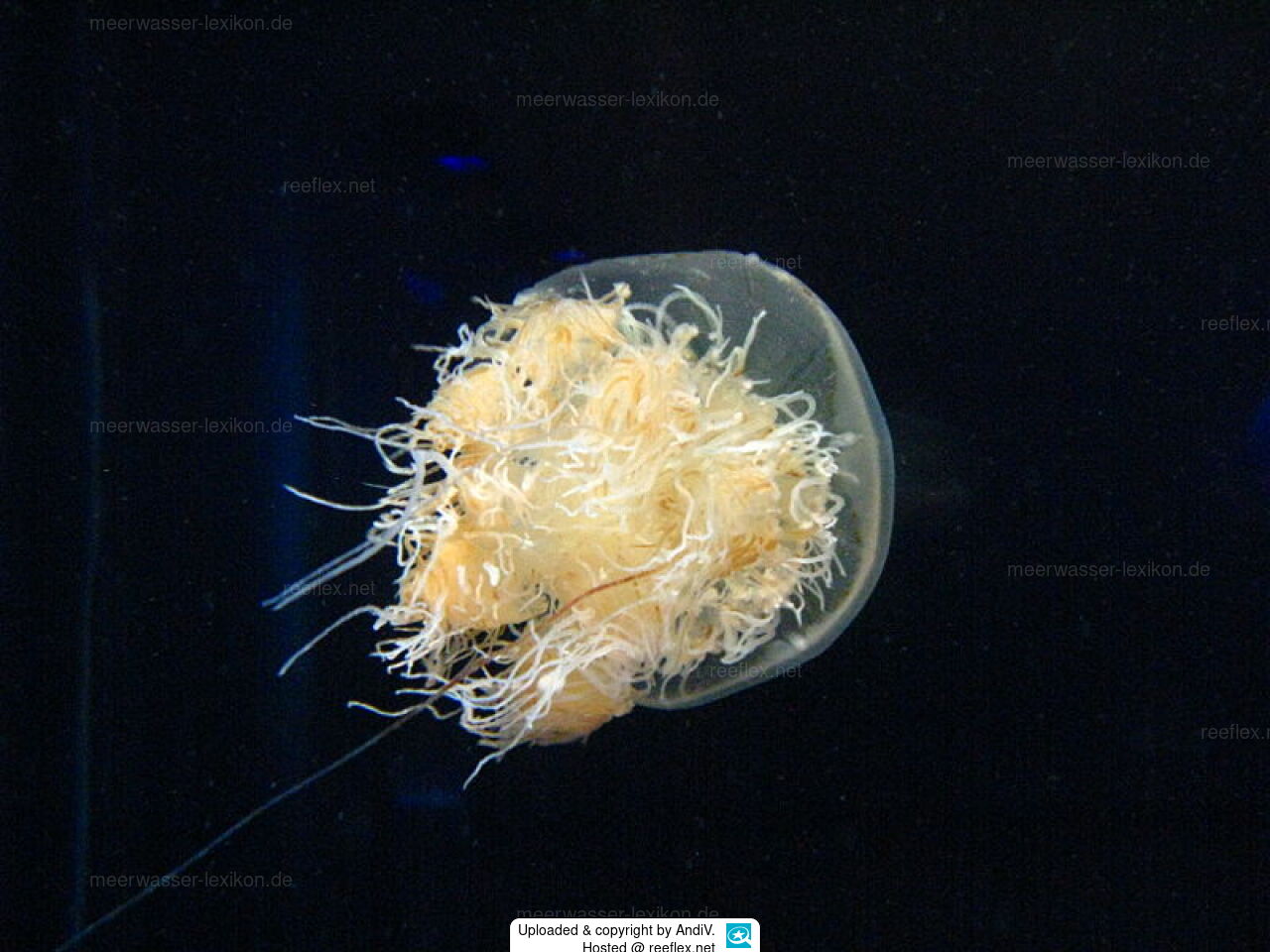Info
Nomura's jellyfish is a very large rhizostomae jellyfish, in the same size class as the lion's mane jellyfish, the largest cnidarian in the world.
Classification: Biota > Animalia (Kingdom) > Cnidaria (Phylum) > Scyphozoa (Class) > Discomedusae (Subclass) > Rhizostomeae (Order) > Daktyliophorae (Suborder) > Rhizostomatidae (Family) > Nemopilema (Genus) > Nemopilema nomurai (Species)







 AndiV
AndiV



